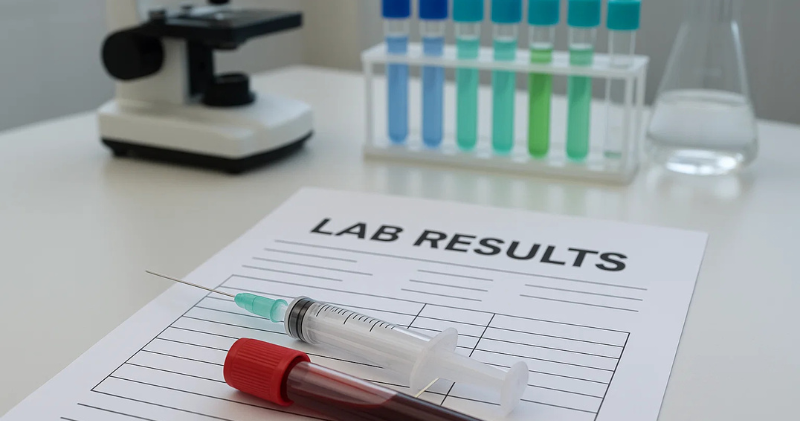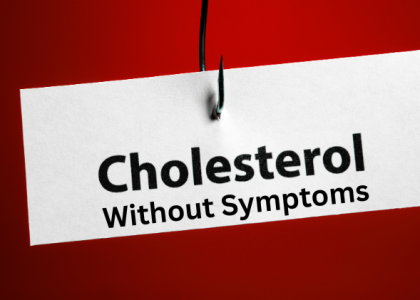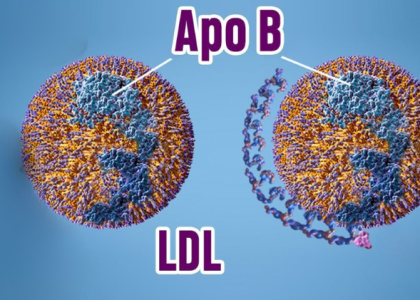Picture this: You’re at your annual checkup, feeling confident. Your weight is normal, you eat home-cooked meals, and you even walk regularly. Your doctor smiles and says your cholesterol is “fine.” But what they might not tell you is that South Asians develop heart disease 10-15 years earlier than other populations—even with “normal” test results. The truth? Standard lab ranges weren’t designed for us, and the tests your doctor orders might be missing critical warning signs.
If you’re South Asian, waiting for symptoms or relying on basic cholesterol checks could be too late. Heart attacks often strike our community in their 40s and 50s, catching families completely off guard. The good news? There are specific numbers that can predict your risk years in advance—if you know what to ask for.
ApoB: The Test Your Doctor Probably Isn’t Ordering (But Should Be)
ApoB, or apolipoprotein B, counts the actual number of cholesterol particles in your blood—not just the amount of cholesterol. Think of it like counting cars versus measuring their weight. You could have fewer “cars” but they might all be packed with cholesterol, making them more dangerous.
While your LDL cholesterol might look normal at 120 mg/dL, your ApoB could reveal you actually have far more cholesterol particles than someone with the same LDL reading. This is especially common in South Asians, who tend to have smaller, denser cholesterol particles that slip past standard tests.
The South Asian difference: Research shows that South Asians often have normal LDL but elevated ApoB, meaning standard cholesterol tests give false reassurance. A healthy ApoB level is under 90 mg/dL, but many South Asians benefit from targeting even lower levels due to genetic predisposition.
Triglycerides: Why Your Love for Rice and Sweets Shows Up in Your Blood
Triglycerides are fats in your blood that spike after eating carbs and sugar. While 150 mg/dL is considered “normal,” South Asians often need to aim much lower because our bodies process carbohydrates differently.
Every time you enjoy white rice, naan, or festival sweets, your triglycerides can remain elevated for hours. Chronic elevation leads to a dangerous pattern: small, dense cholesterol particles (the kind that cause heart attacks) and insulin resistance. High triglycerides also often signal visceral fat—the dangerous belly fat wrapped around your organs, even if you look thin.
The South Asian difference: Our traditional carb-heavy diets can keep triglycerides chronically elevated. Many South Asians have triglycerides over 200 mg/dL while maintaining normal weight, creating a “thin on the outside, fat on the inside” syndrome that dramatically increases heart disease risk.
HDL/LDL Ratios: It’s Not Just the Numbers—It’s the Pattern
You’ve probably heard “good” and “bad” cholesterol, but the story is more complex. HDL (good cholesterol) should be above 40 mg/dL for men and 50 mg/dL for women, while LDL (bad cholesterol) should be under 100 mg/dL. But the ratio matters more than individual numbers.
More importantly, not all LDL particles are created equal. Large, fluffy LDL particles are relatively harmless, while small, dense particles easily penetrate artery walls and cause blockages. Advanced testing can reveal your particle pattern, but a simple clue is the triglyceride-to-HDL ratio: divide your triglycerides by HDL. If it’s over 3.5, you likely have the dangerous small particle pattern.
The South Asian difference: We’re genetically prone to the small, dense LDL pattern, even with normal cholesterol numbers. Additionally, South Asian women often have lower HDL levels than other populations, increasing risk even further.
HbA1c: The Silent Diabetes Creeping Up on Our Community
HbA1c measures your average blood sugar over 2-3 months. While 5.7% or lower is considered normal, many South Asians develop insulin resistance and diabetes at lower BMIs than other populations, making this test crucial even if you’re not overweight.
An HbA1c between 5.7-6.4% indicates prediabetes—a critical window where lifestyle changes can prevent full diabetes. But here’s the scary part: many South Asians spend years in this prediabetic range without symptoms, silently damaging their arteries and setting the stage for heart disease.
The South Asian difference: We can develop diabetes at BMIs as low as 22-23, compared to 25+ for other populations. This means a “normal weight” South Asian could already be prediabetic. Additionally, our risk for diabetes is 4 times higher than Caucasians, making HbA1c monitoring essential starting in our 30s.
BMI vs. Waist-to-Hip Ratio: Why the Scale Lies to South Asians
BMI (Body Mass Index) divides your weight by height squared, with “normal” being 18.5-24.9. But this one-size-fits-all approach fails South Asians miserably. You can have a “healthy” BMI of 23 while carrying dangerous amounts of visceral fat around your organs.
Waist-to-hip ratio (WHR) is far more revealing. Measure your waist at the narrowest point and hips at the widest point, then divide waist by hips. For men, anything over 0.90 is high risk; for women, over 0.85. This simple measurement reveals visceral fat that BMI completely misses.
The South Asian difference: We store fat differently than other populations, accumulating dangerous visceral fat while maintaining normal BMI. A South Asian with BMI 24 might have the same heart disease risk as someone else with BMI 30. WHR exposes this hidden risk that puts even “thin” South Asians in danger.
Ready to take control of your heart health? Download our free “Desi Heart Numbers Cheat Sheet” for a quick reference guide to all these tests, plus take our 5-minute risk assessment to see where you stand. Knowledge is power—and in our community, it could save your life.




